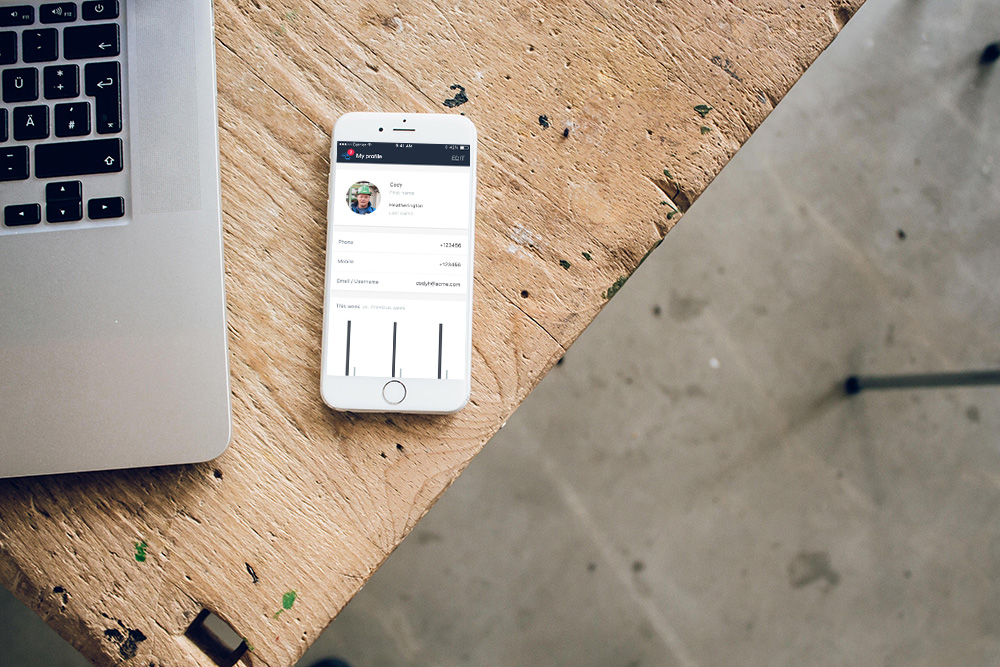
The focus of this interview is about technology changes and the importance of knowing when it’s the right moment to make the move. Understanding the changes and their benefits is certainly the best way to strategically and significantly move a business forward. Transitioning from one technology to another is not an easy thing to do; it requires attention, good communication among team members and qualified people to drive the process. To better understand the challenge our development team has agreed to give us some of their time to have a discussion and share their experience with us.
Q1: How do you go about transitioning from Flex to HTML5?
Loc8 has been using Flex for over eight years now, which is why we currently have a lot of costumers that are using our old Flex front end. It is very feature heavy; over the years it has become bit of a monolithic application. So, as transitioning our entire application at once is just too much work, the way we are going about it is by separating the application into vertical slices so we can move to what is called a micro-service style architecture.
What we are doing is wrapping our Flex application in a HTML5/AngularJS application, where we can then approach each vertical slice of the app as a separate project, re-building each part of the Flex application in HTML5 and releasing them in stages.
Q2: When did you decide that it was time to move to HTML5?
HTLM5 has been around for quite some time now and this is something that we’ve wanted to do for a long time. HTML5 frameworks are much more modern and we are eager to move towards it at a much more rapid pace now, especially given the broader browser support and better user experience we can provide to our customers.
I think the trigger was very certainly our new release and our public cloud offering; the priority became higher from there. Now that we are releasing to a wider audience, a web application that runs on the Flash platform is not a viable longer term option as the usability and user experience expectations of our customers have certainly moved on from what a Flash application can provide.
Q3: What is the focus for you guys when developing the system?
We always work very closely with the UX/UI team to make sure that everything we do is about the user experience. It’s all about the user!
You know, a piece of software can function perfectly fine, but if it’s a pain to use then people aren’t going to want to use it. Its purpose should be to make the users life easier, not harder.
It is one of the tricky parts sometimes for us with our product. We are building one application for both small business and enterprise. Building a single app for those two markets is a challenge due to the need to solve the complexity of enterprise and the simplicity and ease of use that small business expects.
Q4: Beyond the great user experience that HTML5 offers to users, is it also beneficial for developers to work with such a technology?
Yes, it is much easier for us as well to use such a modern web framework. It’s more testable, we can write automated tests, so when we make changes we can have confidence that we are not breaking any existing features, something which is has been difficult for us to achieve in Flex.
There is also significantly better support for styling and it’s easier to find talented developers! Developers are much more interested in working with these kinds of technologies.
Q5: How do you go about familiarising yourself with HTML5?
Well, it has certainly been a learning process for a lot of us. Whilst many of our developers are already very experienced with HTML5 and modern JavaScript frameworks, implementing the new technologies in a mixed way with Flex introduces all sorts of complexities that we need to solve; it’s not a vanilla solution so we need to look at everything with fresh eyes. We’ve also hired some very talented people who are helping us bridge the gap.
Despite the complexities of our mixed technology approach, one of the major upsides is that we have the freedom to iterate and release new HTML5 components one piece at a time, which minimises risk and creates the space to solve each problem in a targeted way.
Q6: What piece of advice can you give to someone working in this area?
Well it’s all very context dependent but I would say that it is important to try to focus on 3 key elements:
- Having short release cycles for quicker feedback cycles.
- Implement a continuous integration environment. So, every time someone in the team make changes to the code, all the automated tests are run and the latest version of Loc8 can be easily deployed with confidence for further QA.
- Finally, having processes in place to help you to release faster is a major benefit for developers and end-users alike.





